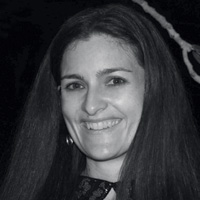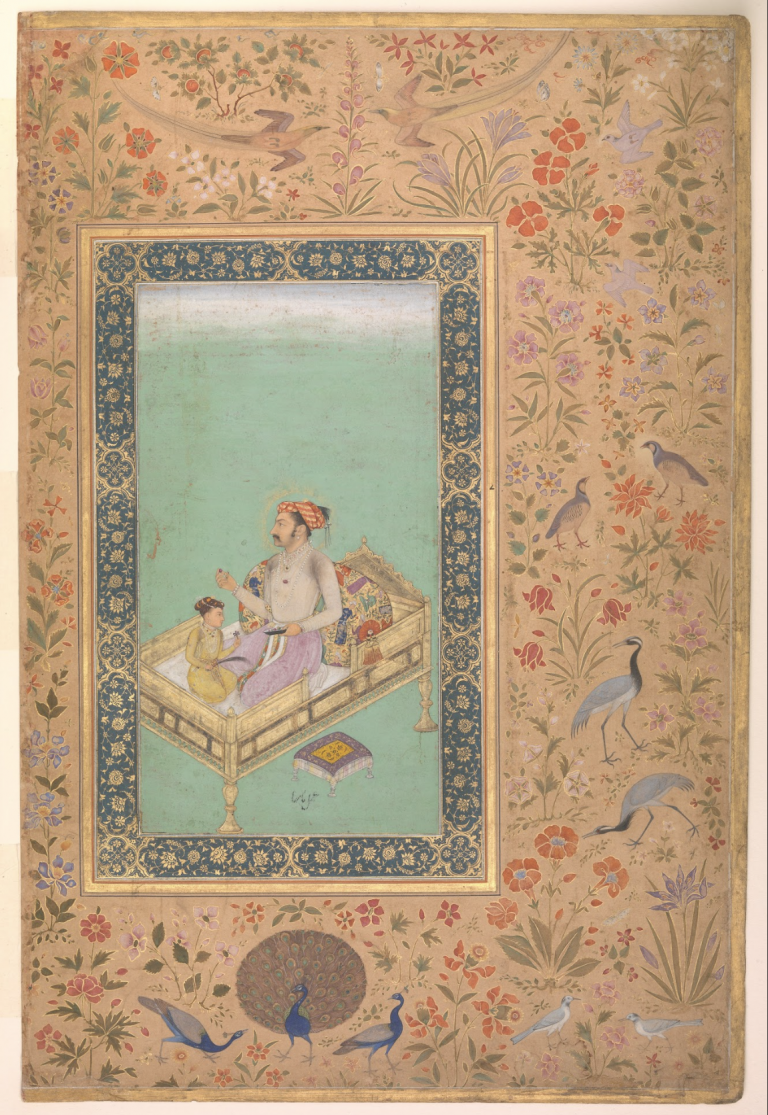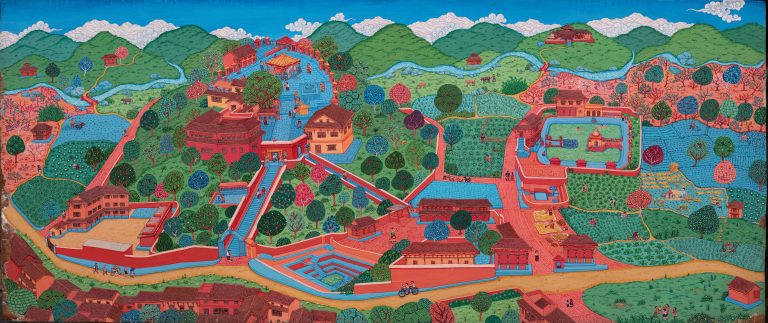What is fascinating about Europe is Europe’s lack of feeling a historical connection to the rest of the world, Okwui Enwezor told one of Holland’s biggest dailies in an interview in 20081,. The notion of Europe’s perceived ‘apathy towards others’ evokes mixed responses. In academia there is a resonance to this debate of Euro-centricity with universities responding with courses like ‘Art History in Global Perspective’2,. Art Historian Kitty Zijlmans still finds it, “safe to say, however, that the European study of art, and the teaching of its results, has to this day overwhelmingly lacked a world-wide focus, especially when we consider its institutionalized forms”3. Although a review of institutions in Europe could confirm Zijlmans’ apprehensions but then there are exceptions. For instance, my exposure to ideas and to people while studying art was not entirely ‘Euro-centric’.

I studied at the Rijksakademie in Amsterdam. This institution is considered by the Dutch to be one of Holland’s prestigious art academies. What made my time at this institution exceptional was that it exposed me to art from outside of Holland. Two-thirds of the advisors who teach there are not local and more than 50% of its students are from outside of the Netherlands and a good part of those 50% from outside of Europe. The presence of academies like these is perhaps instrumental in familiarizing European audiences with the so-called non-European art and thus help to transcend boundaries.
The invitation of Okwui Enwezor as curator of Documenta 11 can be seen as an attempt to locate the institution of Documenta beyond European borders. It was received ‘as a watershed in the development of a postcolonial art practice’4, but has it brought about the expected change?
When recently showing my project ‘HOME’ at 401 Contemporary in Berlin5, Okwui Enwezor’s remark about Europe’s historical connection to the rest of the world came back to my mind. ‘HOME’ has been displayed at several locations in Asia and Europe. The project is about memories of intimate spaces. It visually documents the narratives of people who had to leave their homes during the partition of the Indian subcontinent and the Palestinian Nakba.
Showing ‘HOME’ in Germany confronted me with questions related to the translation of art. How should I present memories of those who are recalling an ‘ideal space’ lost to time to an audience which might not understand the historical context from which that memory is retold? Ralf Hänsel’s (the gallerist of 401 Contemporary) fascination with ‘HOME’ seems to be of a very personal nature. The work apparently triggered memories of his own family history connected to the division of Germany after WW II. For someone like him, this ‘cultural distance’ was no barrier to grasp the question of memory, space, and time raised in ‘HOME’. But he may be an exception for not all audiences were able to comprehend the subtle nuances of spoken Urdu, Arabic, and English.

‘Cultural distance’ might act as a hurdle in realizing the commercial potential of a work. This is crucial to understand the hesitance on behalf of gallerists to bring art from elsewhere. Some gallerists view that non-European art can only work if the gallery can offer a larger context. For instance, Nature Morte in Berlin could be a case in point.
Nature Morte is located at Zimmerstrasse. Until recently, this central location was home to some of the most elegant galleries in town. Some galleries have moved to more industrial locations at the periphery. Art critic David Ulrichs does not view this movement favorably. Economics could be critical in understanding this shift. As Ulrichs suggests, “The sheer size of the space, locate in an old industrial building in one of the city’s least popular areas… necessitates curatorial intervention and thus offers artists a chance to show their works in a commercial yet curated environment. Yet despite all efforts to interpret the move as a shift in focus, a peripheral relocation of this sort can hardly be propagated as a sign of financial success”6.
The Nature Morte Gallery has a vast space as compared to many tiny galleries that dot Berlin. Nature Morte opened in 2008 with photographs by Dayanita Singh, and since then have shown a series of painting group shows, solo shows with Thukral & Tagra and recently large paintings by Probir Gupta.
Last year’s show by Thukral & Tagra got some mention in the local art press which could be placed in context to Okwui Enwezor’s remark. Art critic Dominikus Müller wonders, if the work should be read as an ironic play on what an ‘American-European eye’ would expect of ‘Indian art’7.
It would be interesting to see how Mithu Sen’s work is received by the Berlin audience. Mithu Sen opens her show at Nature Morte – Berlin in summer 2010. Sen brings a large-scale paper installation Nothing Lost in Translation to Berlin. Her work deals with the so-called exotic gaze of the audience. She consciously uses provocation as a tool in her work.
Mithu has high expectations from the Berlin art world. She says, “I have a kind of trust and faith in the Berlin viewer”8 who will engage with her work beyond the exotic geographic location they might assign to it. However, she seems indifferent to Berlin not being considered as a market place. Cultural engagement and not commercial success seems to motivate her to produce work. Could this also be a reason behind galleries inviting Indian artists?

I asked Julia Prezewowsky, the new director of Nature Morte Berlin, what made them choose Berlin as their European pied-à-terre. My impression was the gallery’s presence in Berlin is rather to please its artists than to market their art in Germany. Prezewowsky agreed that the city has no thriving art market to offer. According to Prezewowsky, Berlin is an art center for other reasons; Berlin attracts artists from all over to come and live there. Living in Berlin is cheap compared to other European capitals like London or Paris. There are many workshops and skilled craftspeople who can help produce one’s work. Artist-run spaces, non-for-profit locations, and ‘project-spaces’ of large galleries from Frankfurt or Cologne (the commercial art centers in Germany) have been popping out of the ground. And plenty of Kunsthallen and other state funded museums9 are ready to show contemporary work.
Besides it may sometimes be hard to create from afar a critical dialogue with the local art scene. Some reviews in the German art press seem to reflect this distance. For instance, ‘Kamasutra im Fieberwahn’ (Kamasutra in Delirium)10 was the title of an article, which gives a quick overview of the ‘main players’ of the Indian art scene. Other articles locate India in the Middle East11 and seem to reflect a prejudice that most successful Indian artists were educated in Europe and America12. Representations like these tend to create an impression of India, which confirms rather than contradicts stereotypes.
Christian Hosp gallery was one of the three German galleries present at the Indian Art Summit, 2009. The gallery owner, Christian Hosp, is seeing the development of the Berlin art-scene and its market with much patience and is showing a true interest in artistic positions that a Berlin audience might yet be unfamiliar with. Hosp even feels that ‘Asia is the future’. Hosp thinks that Asia might play a bigger role in the European art scene, “I think Asian art will influence European art in the years to come”13.
Some of the German reviews mentioned earlier confirm Okwui Enwezor’s observation about Europe’s perceived apathy towards the rest of the world. However, as Hosp suggests, there appear to be some fissures in the narrative of ‘European apathy’ which could prove pivotal in creating a new heterogeneous cultural history of the present.
Endnotes
1- Wim Bossema, Hirst Hoort in het Tropenmuseum, De Volkskrant, 6.12.2008
2- Art History in Global Context, Masters course at the department of art history, Freie Universität, Berlin
3- Kitty Zijlmans & Wilfried van Damme, World Art Studies, in Art History and Visual Studies in Europe:
A Handbook. eds. Matthew Rampley et al. Leiden: Brill 2010
4- Stewart Martin, A new world art? Documenting Documenta 11, in Radical Philosophy 122, 2003
5- Memento, Sophie Ernst, Martin Roos, Sean Scully, Peter Weibel, 13.03 – 24.04.2010, 401 Contemporary, Berlin
6- David Ulrichs, Te Huur: Three gallery spaces in Berlin’s Zimmerstrasse, Hart International, #65, 22.04.2010
7- Dominikus Müller, Die Globalisierung der Geschmacklosigkeit, Art Net, 22.01.2009
8- From an interview with Mithu Sen held on 21.04.2010
9- A Kunsthalle is a contemporary art museum without an own collection. Other institutions would
be Kunstvereine, which are German institutions you can find in almost every town showing contemporary art. There over 150 year old tradition originated from associations that, in a democratising effort, made available and offered education on art to a general public.
10- Amasutra im Fieberwahn, Monopol, Nr. 10/2008
11- Birgit Sonna, Indien hebt ab – unverfroren hintergründig spirituell, Art, 09 / 2009
12- Catrin Lorch, Ab nach Indien!, Süddeutsche Zeitung Nr 296, 20/21.12.2008
13- Tanushree Sengupta, A German flavour at the second Indian Art Summit, German Information Center New Delhi, 20.08.2009













